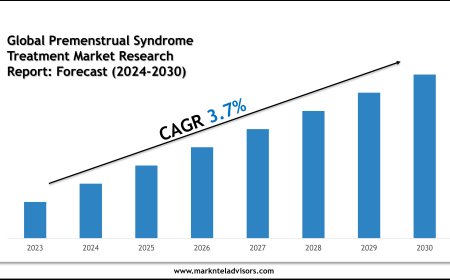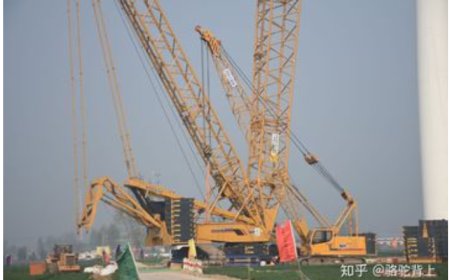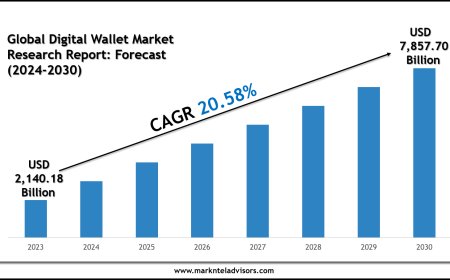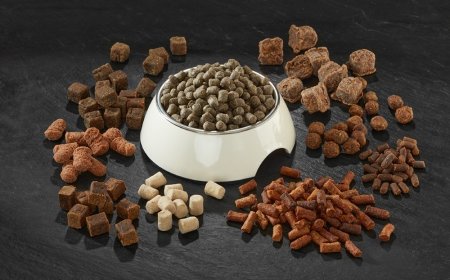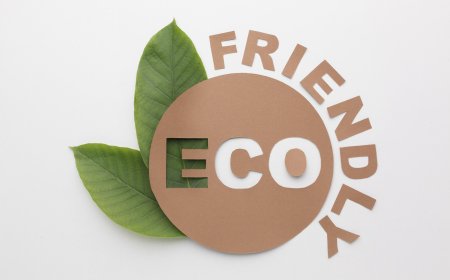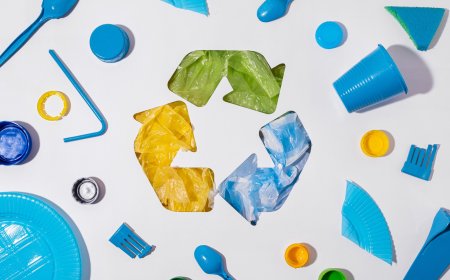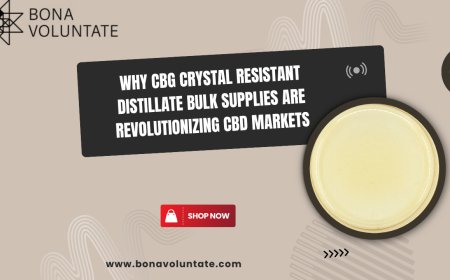Improving Energy Efficiency in Wineries with Crossflow Filters
Crossflow filtration is used at multiple stages in winemaking, including pre-bottling clarification, microbial stabilization, and removal of lees.
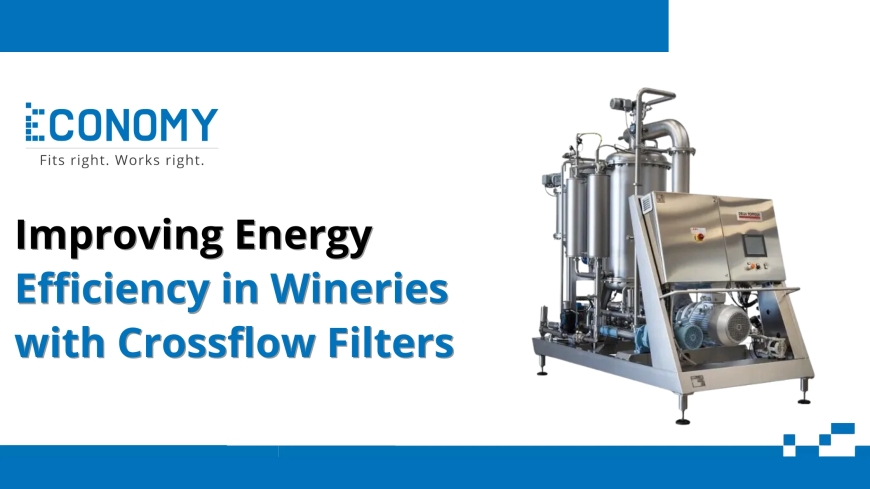
What Are Crossflow Filters?
Crossflow filters are advanced filtration systems that separate solids from liquids by passing wine tangentially across a membrane. Unlike traditional filters, which push liquid directly through a medium, crossflow filters reduce clogging and deliver more consistent results.
How Crossflow Filters Work
These systems use pressure-driven flow across semi-permeable membranes. The wine flows parallel to the membrane surface, and clean permeate passes through while solids are retained. This method maintains continuous filtration and reduces the need for frequent cleaning or replacement.
Applications of Crossflow Filters in Winemaking
Crossflow filtration is used at multiple stages in winemaking, including pre-bottling clarification, microbial stabilization, and removal of lees. Its ideal for filtering red, white, and sparkling wines with minimal impact on aroma and flavor.
Key Features of Crossflow Filtration Systems
-
High filtration precision (down to 0.2 microns)
-
Self-cleaning mechanisms
-
Low wine loss during operation
-
Ability to handle large volumes efficiently
Why Energy Efficiency Matters in Wineries
Wineries consume significant energy during production, especially in heating, cooling, and filtration. Energy efficiency reduces costs, lowers carbon emissions, and aligns with sustainable winemaking practices.
What Professional Wineries Must Consider
Modern wineries are under pressure to produce high-quality wine while minimizing environmental impact. They must consider equipment that balances performance, operational costs, and sustainabilitymaking energy-efficient solutions like crossflow filters attractive.
How Crossflow Filters Improve Energy Efficiency
Traditional filtration methods often require high water and energy consumption due to frequent cleaning and downtime. Crossflow filters reduce:
-
Cleaning frequency and water use
-
Energy use from shorter filtration cycles
-
Waste, by retaining more wine and producing less byproduct
Additional Benefits of Crossflow Filters for Wineries
-
Labor savings due to automation
-
Improved wine stability and shelf life
-
Greater yield from each batch
-
Reduced need for additives and secondary filtration
Beyond Energy Efficiency: Other Advantages of Crossflow Filters
Crossflow filtration preserves the sensory qualities of wine better than diatomaceous earth (DE) or pad filtration. It minimizes oxidation and preserves delicate flavors, enhancing overall product quality.
Real-World Impact: Case Studies of Crossflow Filter Adoption
Many mid-sized wineries in California and Europe have adopted crossflow systems to cut energy usage by up to 40%. One French winery reported reducing filtration time from 48 to 12 hours, saving both electricity and manpower.
Success Stories from Wineries Using Crossflow Filters
A Napa Valley vineyard replaced DE filters with crossflow systems and reduced energy bills by 30% annually. Another Italian winery cited a 50% drop in water consumption post-installation.
How to Choose the Right Crossflow Filter for Your Winery
Consider your winerys size, wine volume, and filtration needs. Look for systems with proven efficiency, compatibility with your wine types, and support for maintenance.
Selecting the Best Filtration System for Your Needs
Key selection factors include:
-
Filtration capacity and membrane size
-
Automation level and ease of use
-
Cost of ownership and warranty
-
Integration with existing equipment
The Future of Energy-Efficient Winemaking
Crossflow filters are at the forefront of sustainable winemaking. As technology improves, we can expect even more energy-efficient, automated, and environmentally friendly systems.
Conclusion
Crossflow filters are more than just a filtration solutionthey are a step forward in sustainable wine production. For wineries focused on quality and efficiency, investing in these systems offers both economic and environmental returns.






